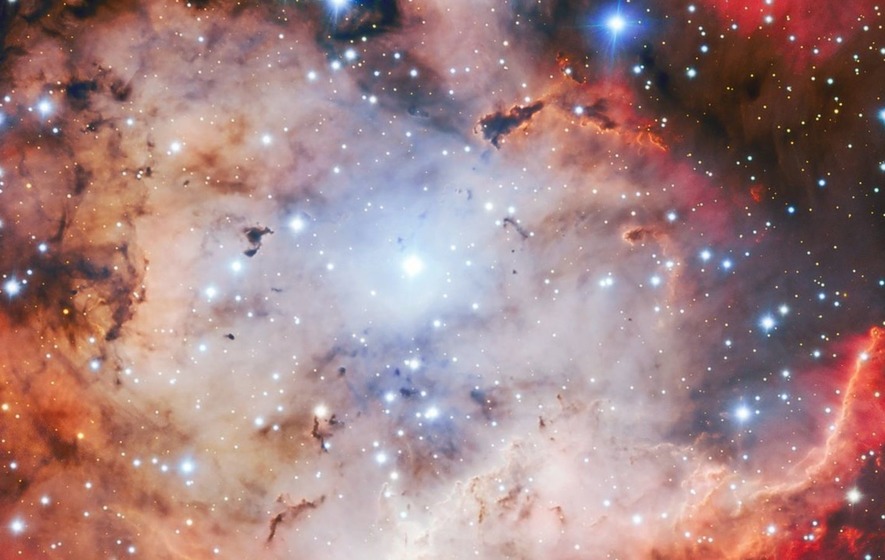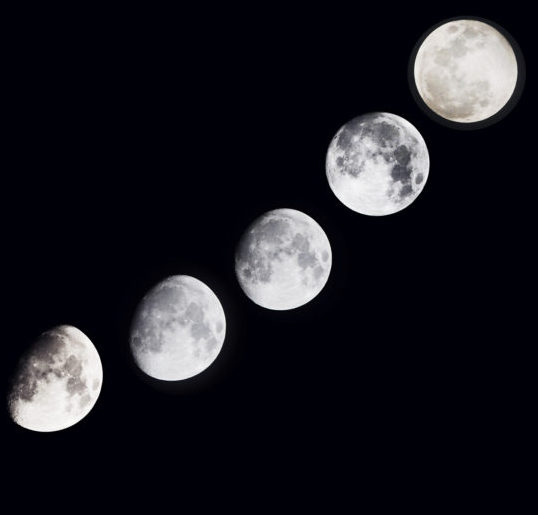
Skull and crossbones nebula haunts the cosmos in new image (Study).
The European Southern Observatory released a fresh look at a star-forming region named NGC 2467, more evocatively known as the Skull and Crossbones Nebula thanks to its resemblance to a human skull in some images.
The new image comes to us from the FORS2 instrument on the ESO’s Very Large Telescope in Chile. FORS2 can take images of large swathes of the sky and is responsible for some of the telescope’s most memorable views, including the Crab Nebula and spiral galaxy NGC 1232.
If you’re puzzling out how NGC 2467 looks like a skull, then you might want to check out an earlier ESO image from 2005 that shows the ominous shape a little more clearly.
“It is not, in fact, a single nebula, and its constituent stellar cluster are moving at different velocities,” says the ESO. “It is only a fortuitous alignment along the line of sight from the Earth that makes the stars and gas form a humanoid face.”
The Skull and Crossbones resides in a constellation in the southern skies called Puppis, which is the poop deck of a ship. It was originally part of a larger constellation covering the entire ship Argo from the Jason and the Argonauts Greek myth.
The new nebula image is part of the ESO’s Cosmic Gems program, which focuses on capturing fascinating space images for public outreach and education. It’s the perfect space treat for the Halloween season.













